Windows is an intuitive OS with relatively few knick-knacks that users might face. When connecting to the internet, all we expect to do is plug in a LAN cable or connect to a WiFi network, and it just works.
However, sometimes users might experience an error saying “unidentified network, no internet.” In this article, we discuss solutions you can use to fix the problem at hand.
Also read: How to fix Windows installation error 0x80300024?
What causes the Unidentified network no internet error?
The following reasons cause the error:
- Incorrect IP configurations.
- Outdated network drivers.
- Incorrect network settings.
- Third-party programs interfereing with your network.
- Windows update issues.
How to fix the error?
Here are a few solutions you can try out to fix the Unidentified network no internet error.
Update the OS
In such situations, the first thing to do is make sure your OS is up to date. Developers usually diagnose these issues based on insider reports or feedback from customers and issue fixes or patches in the form of updates. Check to ensure you’ve got the latest update installed on your system.
You can check out our detailed guide on how to update Windows here
Restart the router
As always, the first step of troubleshooting anything is to reboot the device that may be causing the issue.
It almost seems like a joke now, but rebooting your device does have some pretty surprising results, and you might be able to resolve many seemingly random issues.
Issues at the ISP’s end
If the WAN light on your router isn’t on, this can indicate that you’re not getting a signal from your ISP and that they may be facing an outage.
In such cases, the best thing to do is contact them and inquire about what’s going on with them. Generally, your ISP would be quick to resolve any such outages.
Disable antivirus and any third-party firewalls
Another thing that should be on your diagnostics list is to temporarily disable your antivirus and check if you can share files through your network. If you’re using any third-party firewalls, they can also cause conflict with network communications under the pretext of keeping you safe.
Check your drivers
Your network adaptor’s (WiFi or ethernet) drivers could also be causing connectivity issues. Try connecting to the internet using either an ethernet connection or any other alternatives and follow these steps to get your drivers in place.
Step 1: Press Windows key + R, type in devmgmt.msc and hit enter.
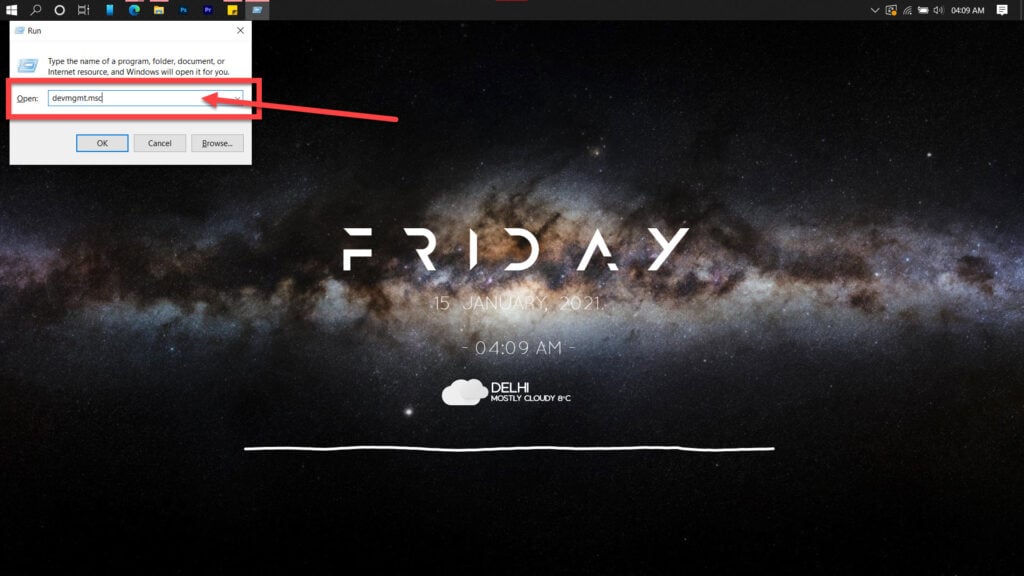
Step 2: Double click Network adaptors to expand it and right click your Wi-Fi card or ethernet adaptor, depending upon what you need to fix. Click on Update driver.
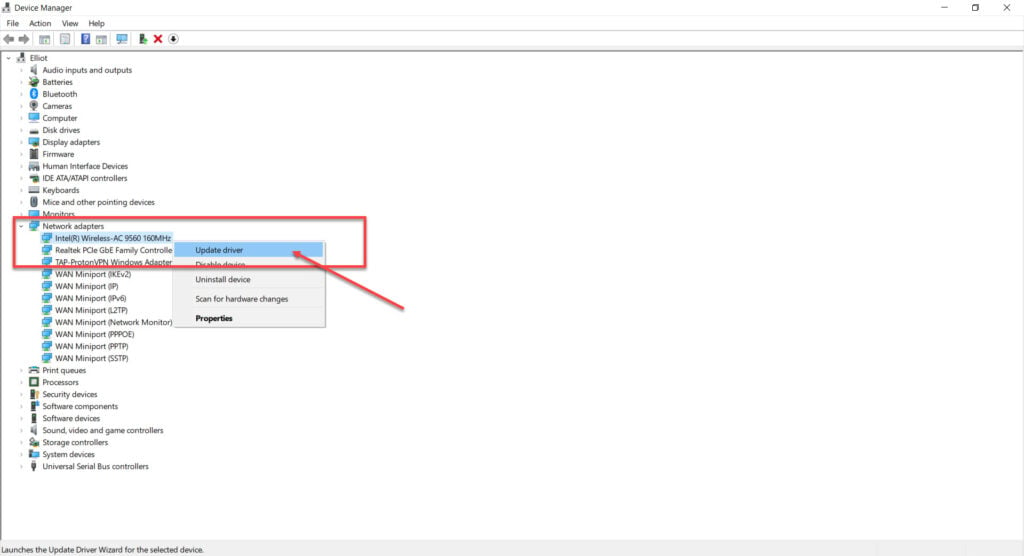
Step 3: Select Search automatically for drivers, and Windows will find and install any available updates.
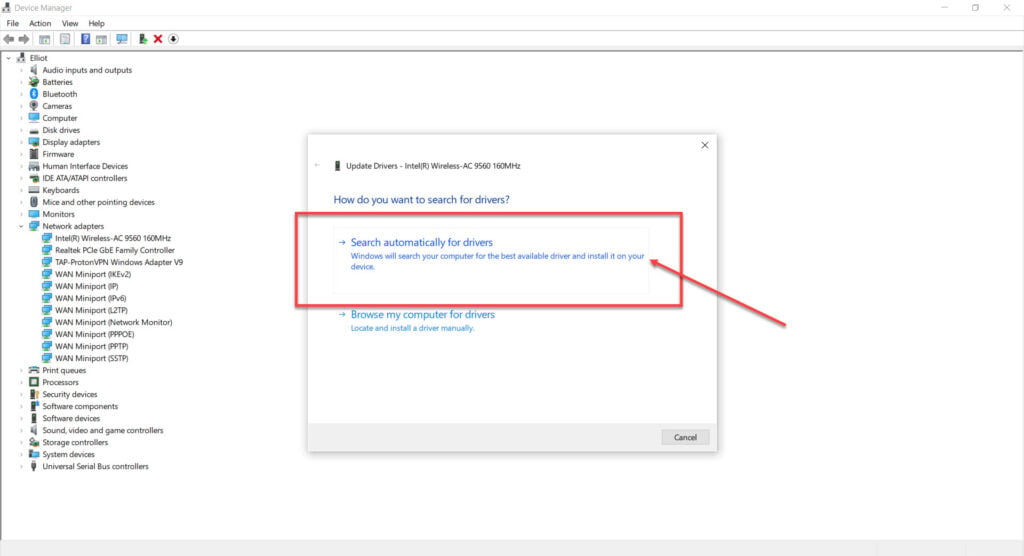
Also read: How to fix ‘Realtek HD Audio Manager Missing’ in Windows 10?
Use the Windows Internet troubleshooter
A lot of times, using the Windows troubleshooter can fix your issue. Right-click on the network icon in the taskbar, click on Troubleshoot problems and let the troubleshooter do its thing.
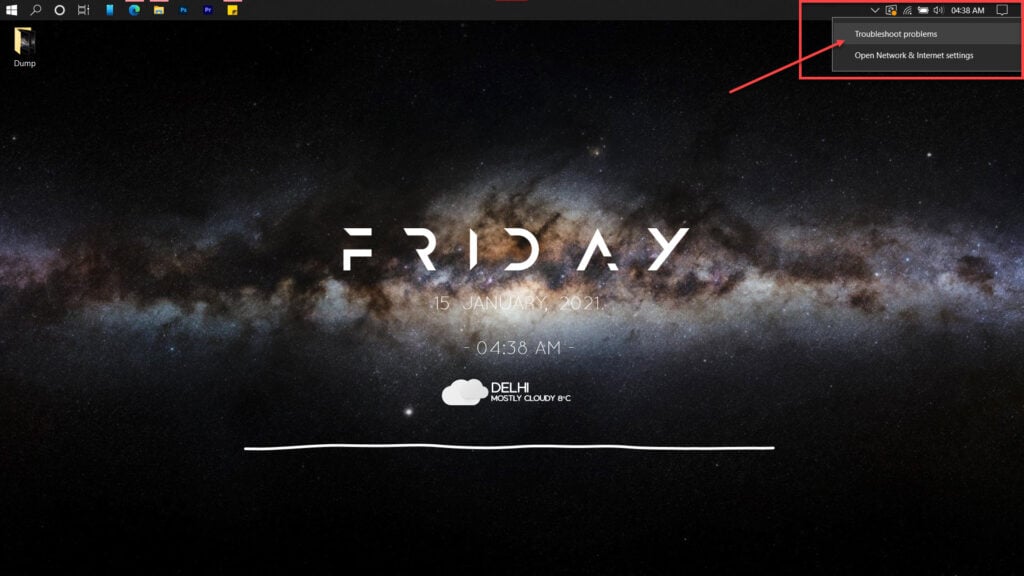
Check your DNS settings
If you’re running custom DNS settings on purpose or by mistake, having them set incorrectly can cause internet connectivity issues.
Flushing your DNS settings can set them back to the default values and resolve such issues. Here’s how.
Step 1: Press Windows key + R, type cmd and hit the Enter key.
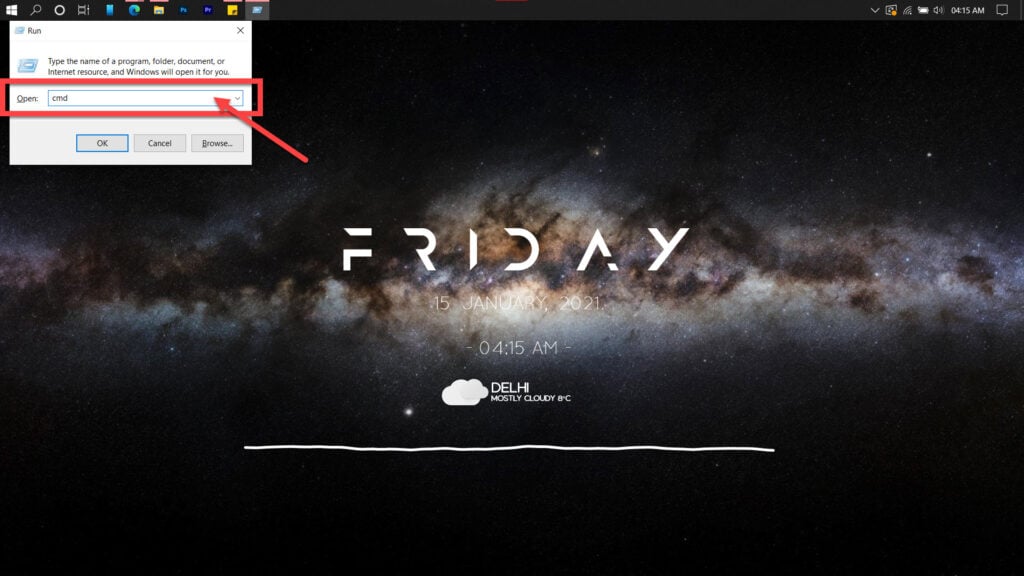
Step 2: Type in ipconfig /flushdns and hit enter. This will reset your DNS settings to their defaults.
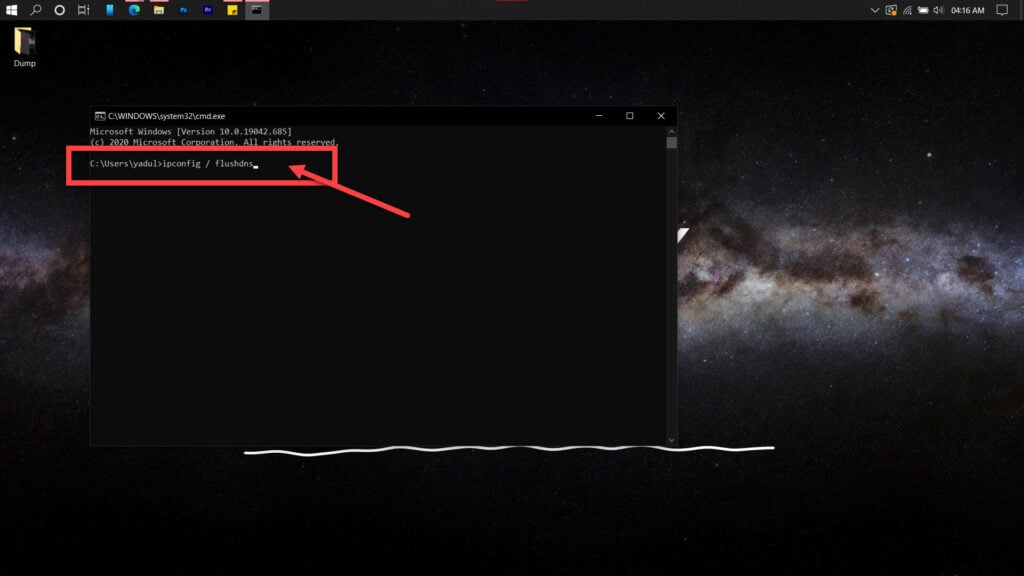
You can take this a step further and reset Windows files to access the internet by using these commands back to back.
netsh winsock reset
netsh int ip resetIf you suspect an issue with your router’s DHCP assignment, use these commands to release your old IP and request a new one.
ipconfig /release
ipconfig /renewIf that doesn’t work either, you can use the following commands in the order that they’re listed to reset your network stack.
ipconfig/flushdns
nbtstat -R
nbtstat -RR
netsh int ip reset C:\resetlog.txt
netsh winsock resetCheck for IP /DNS conflicts
If you can connect to other networks just fine, it could indicate an IP conflict on your router.
Another way to confirm this is to ping your router’s default address through the command prompt. Type in ping [router IP address] in the command prompt, and if you get a Request timed out error, you’re most probably having an IP conflict issue. Here’s how you can fix this.
Step 1: Press Windows key + I to open the Windows settings.
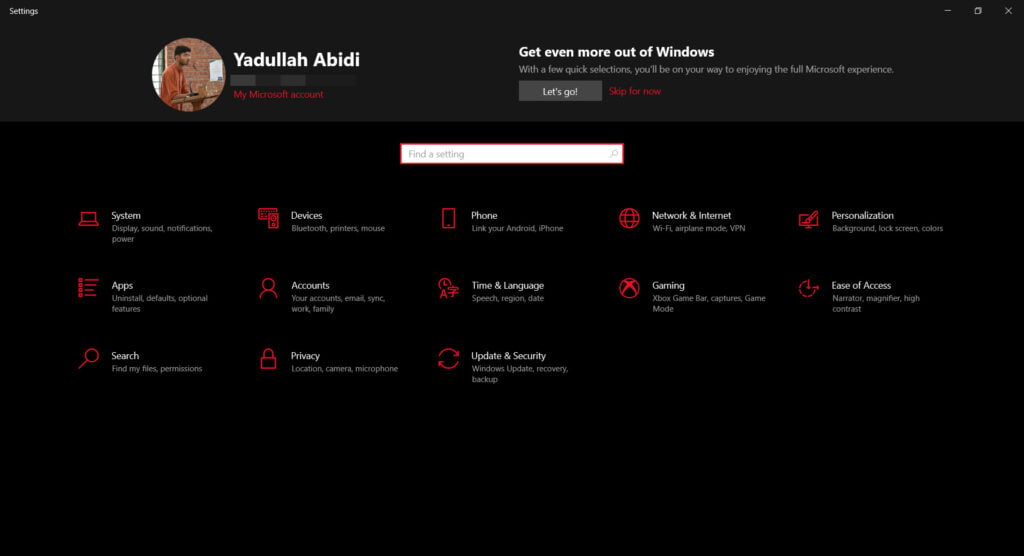
Step 2: Click on Network & Internet.
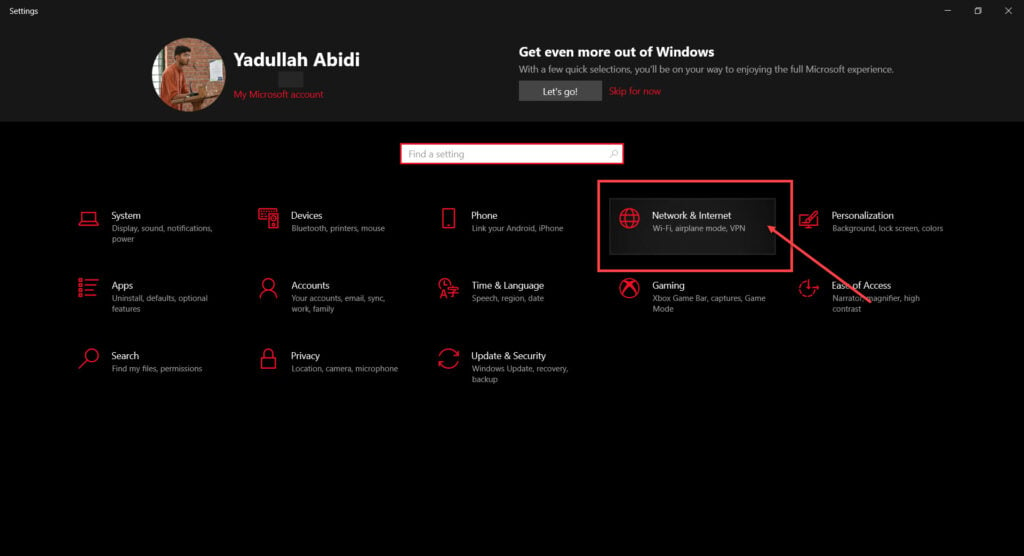
Step 3: Click on Change adaptor options.
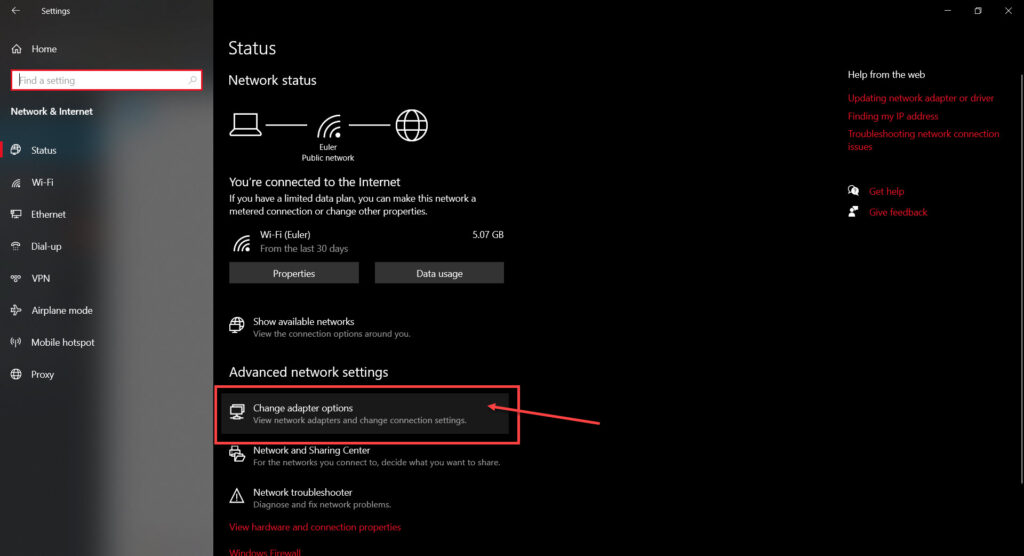
Step 4: Right-click on your Wi-Fi network and click Properties.

Step 5: Find Internet Protocol Version 4 in the list, click on it, and click Properties.
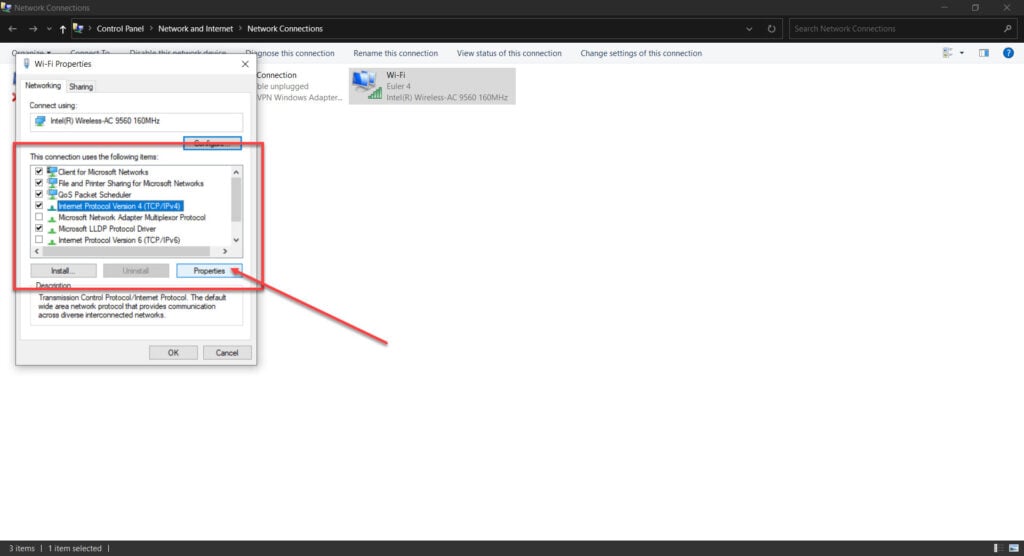
Step 6: Make sure that all settings are set to automatic.

Now reconnect to your network, and it should connect seamlessly. Alternatively, you can type in your IP address and DNS alternatives to see if that solves your problem.
Also read: What is APC index mismatch in Windows 10? 5 Fixes






